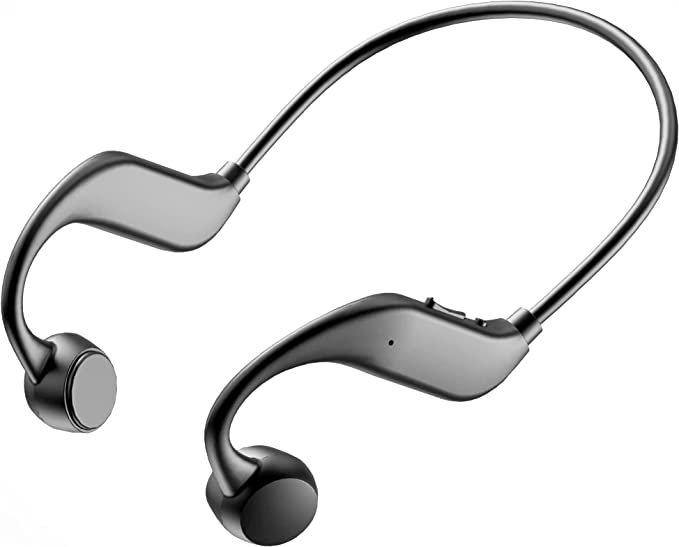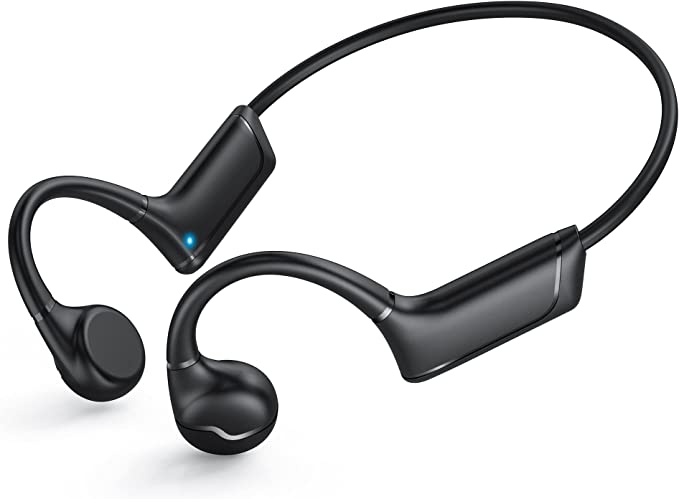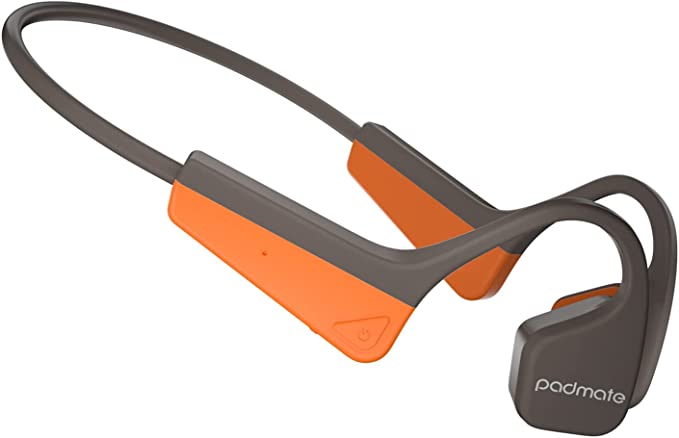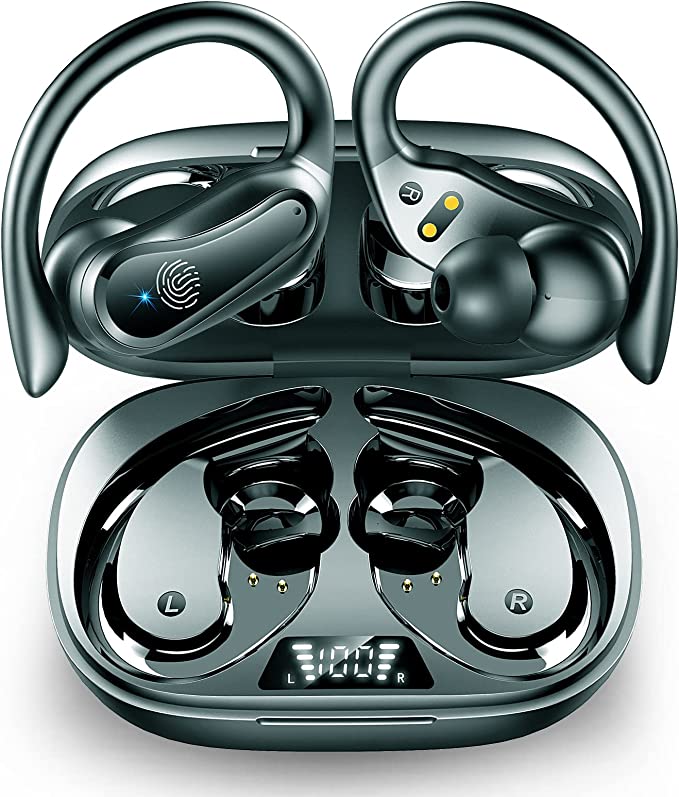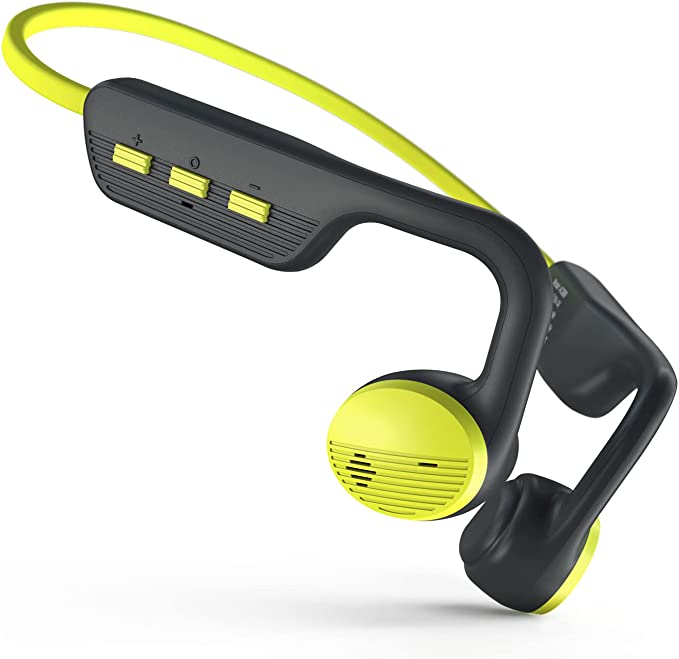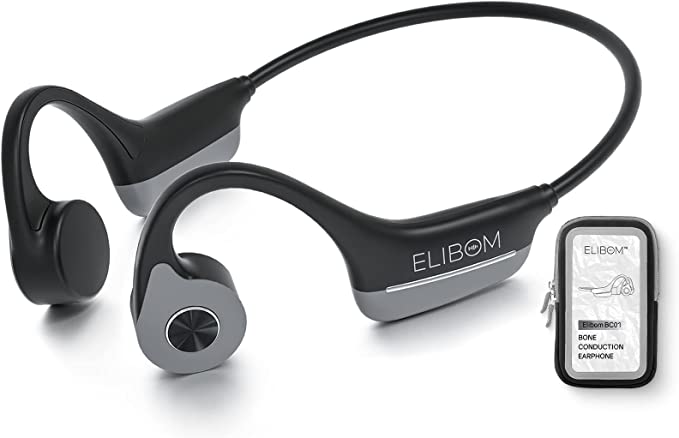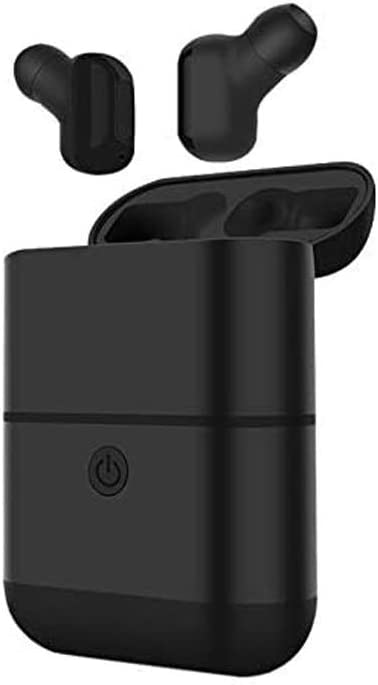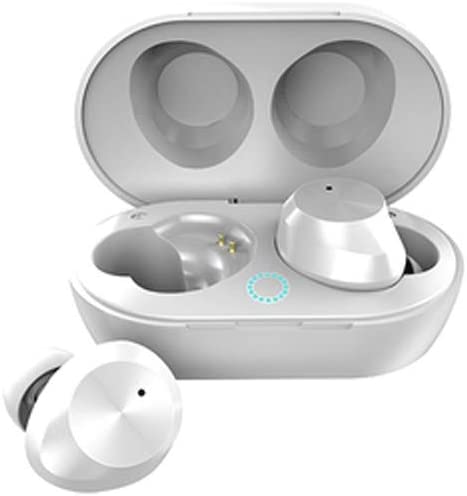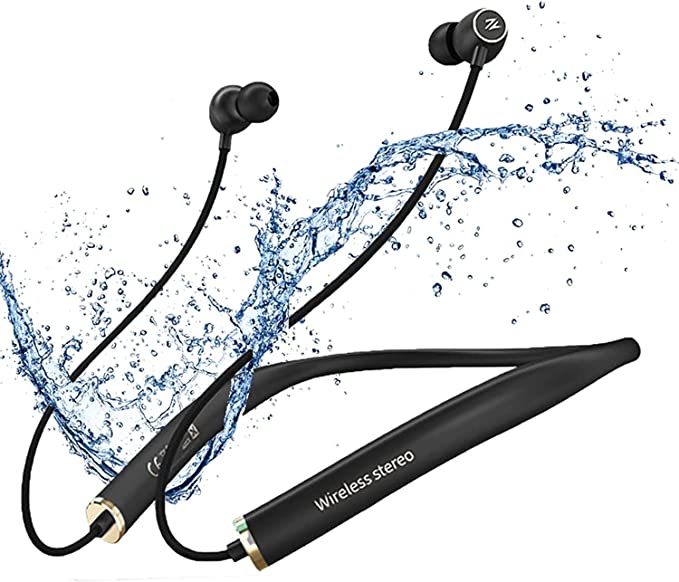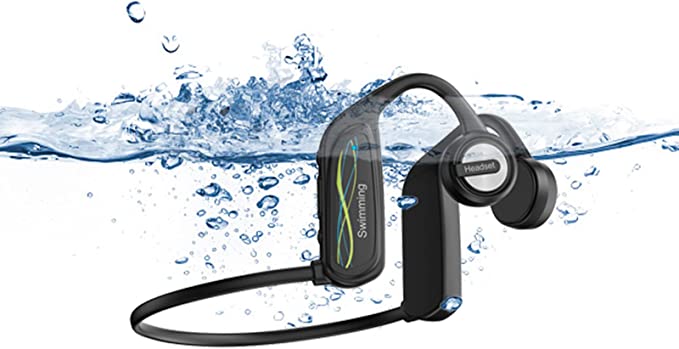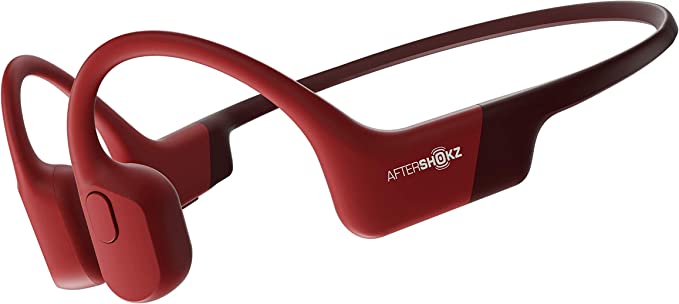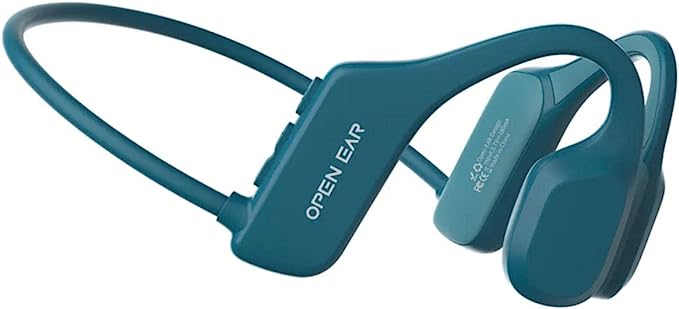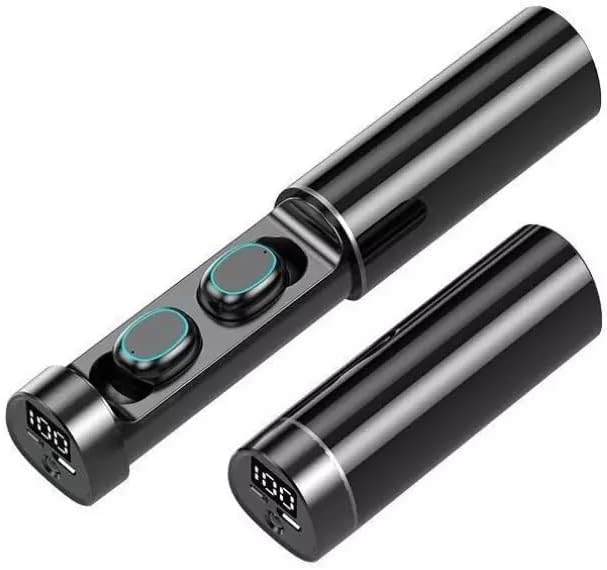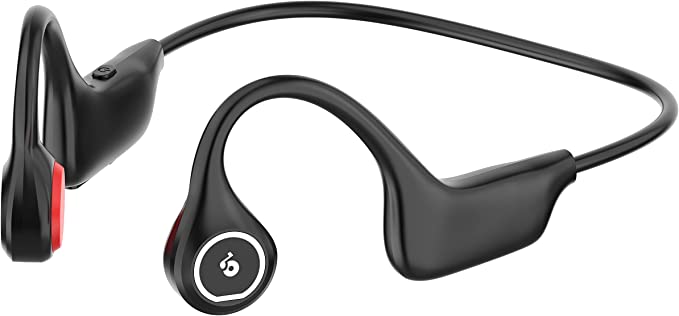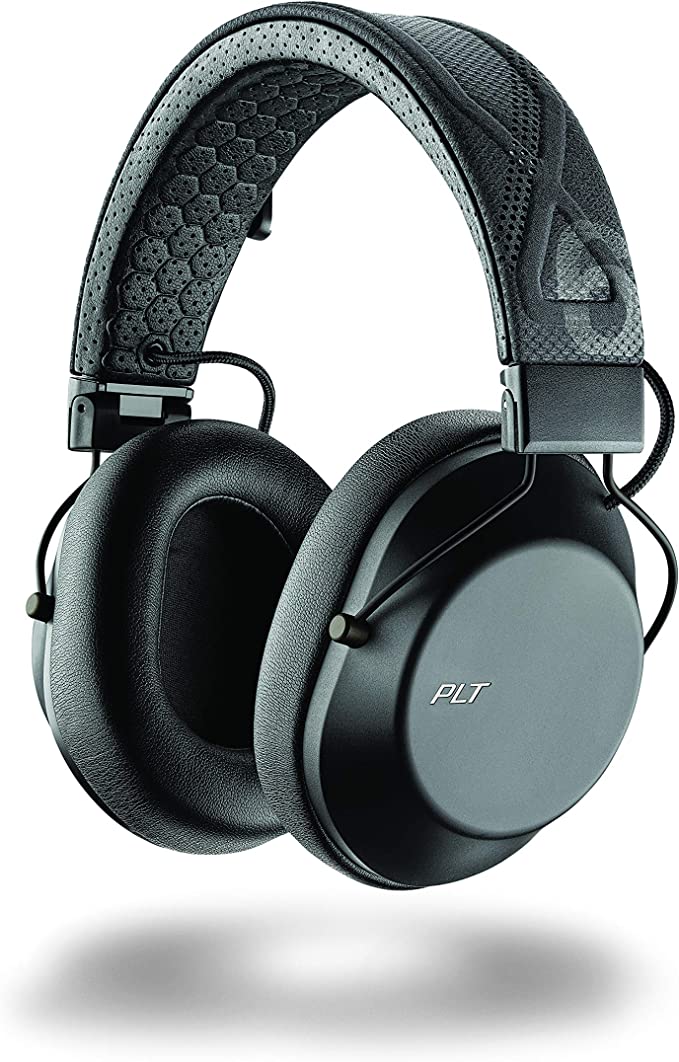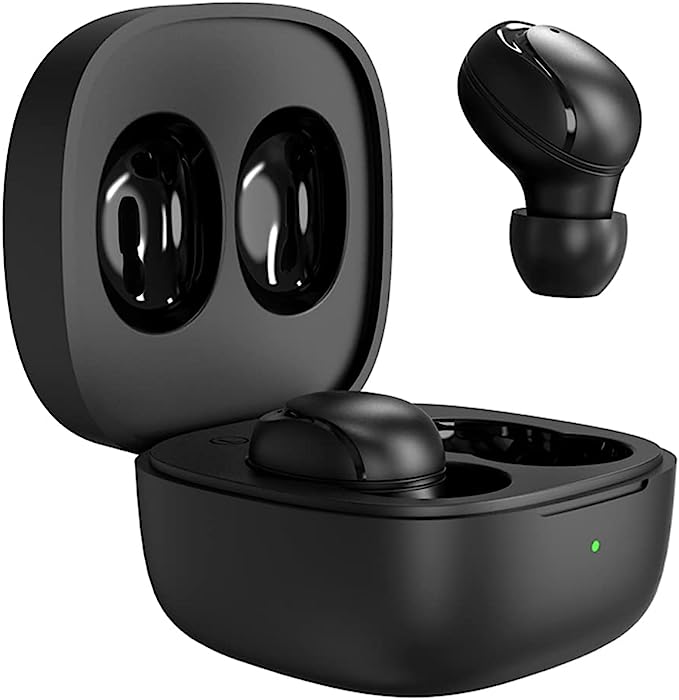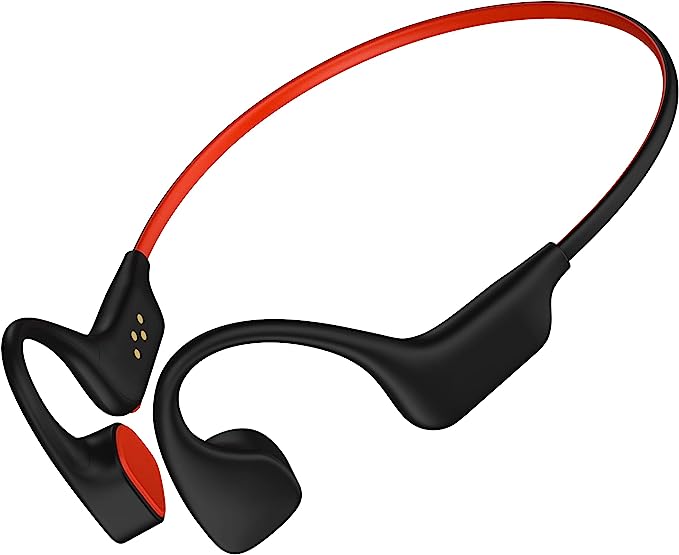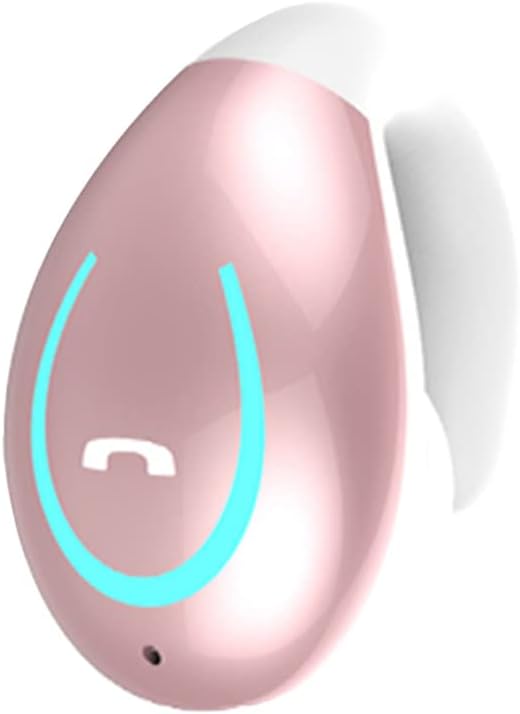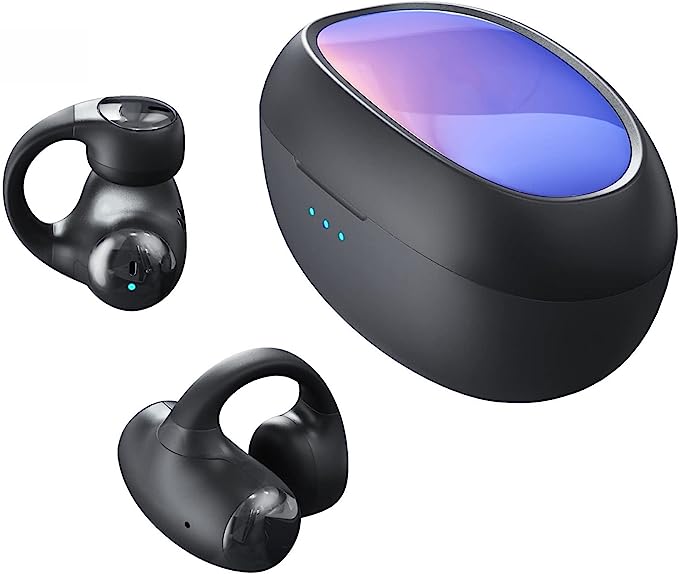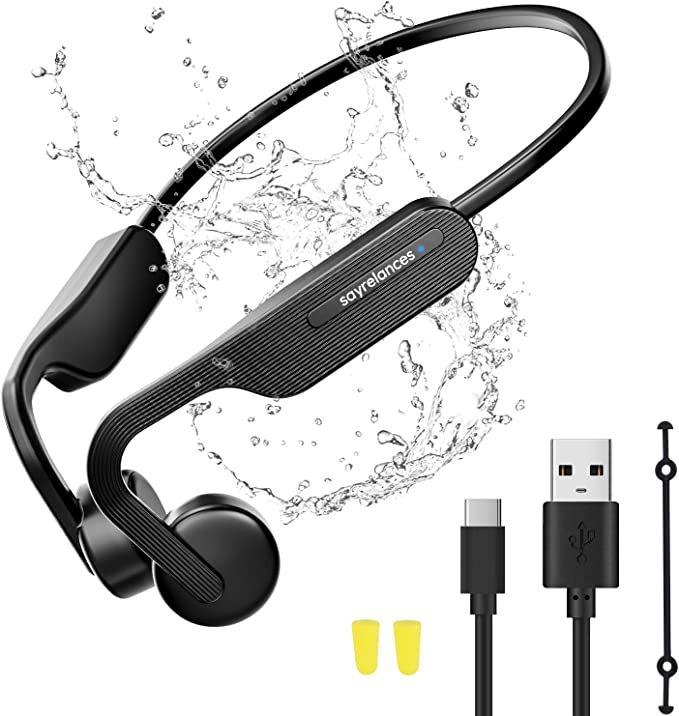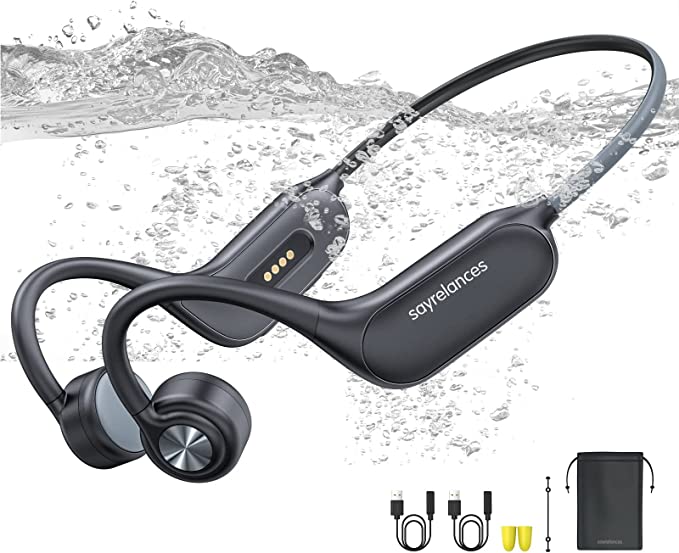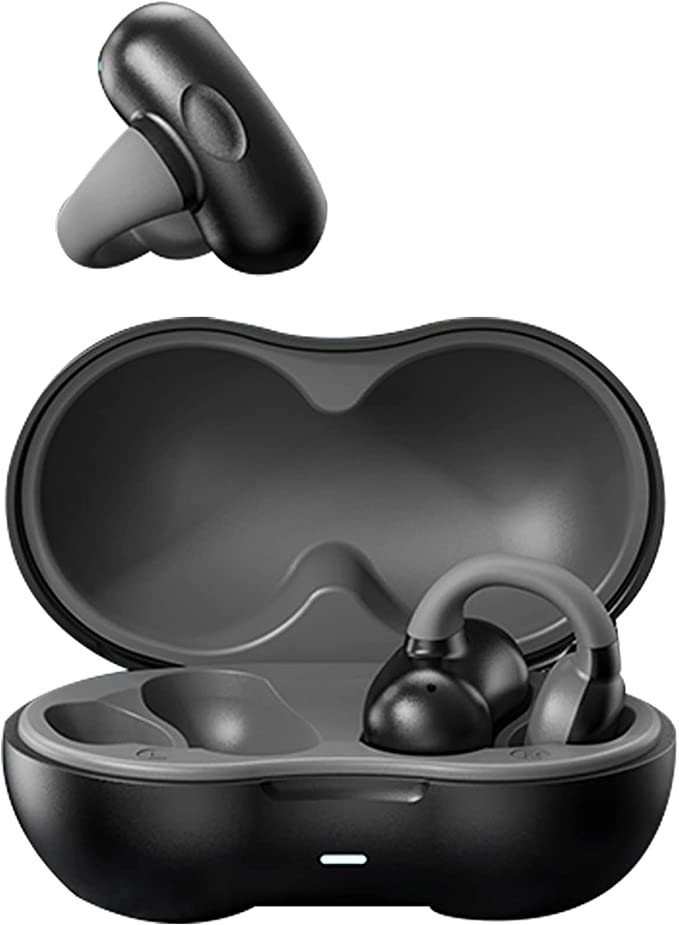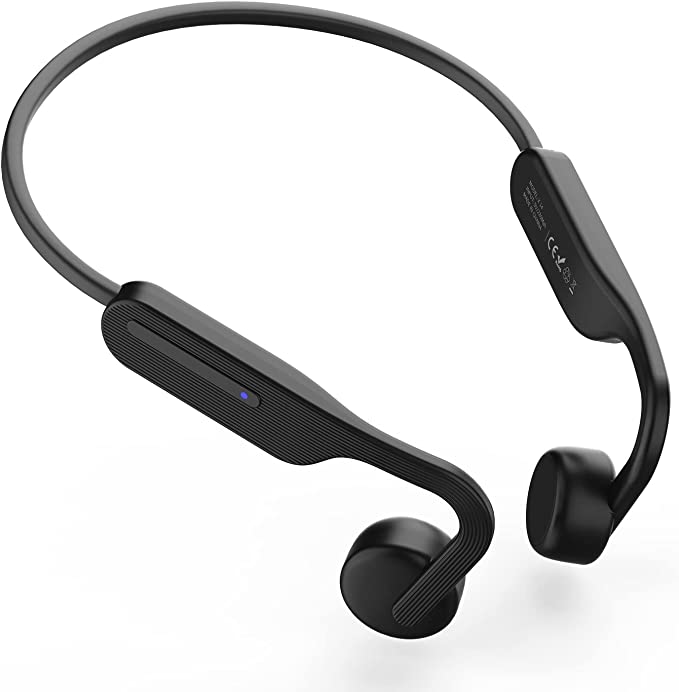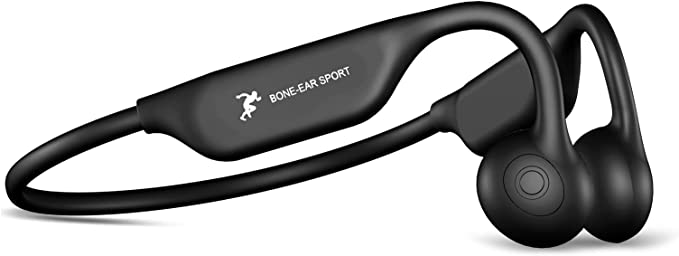SHOKZ OpenRun Pro Bone Conduction Headphones - Experience Premium Sound, Stay Aware
Update on Feb. 19, 2025, 10:07 a.m.
The Sound Dilemma: Finding Harmony Between Music and Awareness
Imagine you’re a runner, pounding the pavement, lost in the rhythm of your favorite playlist. Suddenly, a cyclist speeds past, startling you. Or perhaps you miss the friendly greeting of a fellow runner because your ears are completely blocked by earbuds. This is the dilemma many active individuals face: the desire to enjoy music while exercising, coupled with the need to remain aware of their surroundings. Traditional headphones, whether in-ear or over-ear, create a barrier, isolating you from the world. This can be inconvenient, and more importantly, dangerous.
Beethoven’s Discovery (and Yours): A Symphony Through Bone
The concept of bone conduction isn’t new. In fact, it has a surprisingly musical origin. The great composer Ludwig van Beethoven, who tragically lost much of his hearing in his late 20s, discovered a unique way to experience sound. He would attach a rod to his piano and clench the other end between his teeth. The vibrations from the piano would travel through the rod, through the bones of his jaw and skull, directly to his inner ear, allowing him to “hear” his compositions.
This, in essence, is bone conduction. You can experience it yourself right now. Hum a simple tune. Now, plug your ears with your fingers and hum again. Notice how the sound seems to resonate inside your head? That’s bone conduction at work. You’re hearing the vibrations travel through the bones of your skull, bypassing your eardrums.

How Bone Conduction Works: The Science
Sound, at its core, is vibration. Typically, these vibrations travel through the air as sound waves. These waves hit our eardrums, causing them to vibrate. These vibrations are then transmitted through tiny bones in the middle ear to the cochlea, a fluid-filled, snail-shaped structure in the inner ear. The cochlea contains tiny hair cells that convert these vibrations into electrical signals, which our brain interprets as sound.
Bone conduction takes a different route. Instead of relying on air to transmit the sound waves, bone conduction headphones use transducers to create vibrations. These transducers rest on the cheekbones, just in front of the ears. The vibrations travel through the bones of the skull directly to the cochlea, bypassing the eardrum and middle ear entirely. It’s like a shortcut to your inner ear!
This shortcut utilizes the piezoelectric effect. Certain materials, when subjected to mechanical stress (like pressure or vibration), generate an electrical voltage. Conversely, when an electrical voltage is applied to these materials, they vibrate. Bone conduction transducers use piezoelectric materials to convert electrical signals from your music player into mechanical vibrations, which are then transmitted through your bones.

SHOKZ OpenRun Pro: Open Ears, Open World
The SHOKZ OpenRun Pro headphones are designed to harness the power of bone conduction, offering a listening experience that’s both immersive and aware. Unlike traditional headphones that block your ear canals, the OpenRun Pro’s open-ear design leaves your ears completely uncovered. This is the defining feature, and it brings a multitude of benefits:
- Situational Awareness: This is paramount for safety, especially during outdoor activities. You can hear traffic, approaching cyclists, conversations, and the sounds of nature – all while enjoying your audio. It’s like having a soundtrack to your life without losing touch with reality.
- Unparalleled Comfort: Traditional earbuds can cause pressure and discomfort, especially during extended wear. Over-ear headphones can be bulky and hot. The OpenRun Pro’s lightweight design and on-ear placement eliminate these issues. Many users report that they forget they’re even wearing them.
- Enhanced Hygiene: Because nothing enters your ear canal, the OpenRun Pro promotes better ear hygiene. There’s less risk of sweat and bacteria buildup, which can contribute to ear infections.
Generation 9 and TurboPitch™: Taking Sound Further
SHOKZ has been a pioneer in bone conduction technology, and the OpenRun Pro represents their ninth generation of refinement. This isn’t just a minor update; it’s a significant leap forward in sound quality. Previous generations of bone conduction headphones sometimes struggled to deliver a full, rich sound, particularly in the bass frequencies.
The OpenRun Pro addresses this with Shokz TurboPitch™ technology. This proprietary technology incorporates two bass enhancers within the transducers. These aren’t just boosting the volume; they’re strategically placed and engineered to work with the natural acoustics of the skull, resulting in a more nuanced and powerful bass response. Imagine feeling the rumble of the bass drum, not just hearing it faintly. That’s the TurboPitch™ difference.
Wearing the OpenRun Pro: A Guide
Proper placement is key to getting the best sound and comfort from the OpenRun Pro. The transducers should rest comfortably on your cheekbones, just in front of your ears, not on your ears. The wraparound titanium frame should fit snugly but not tightly. You might need to experiment slightly to find the “sweet spot” where the sound is clearest and most balanced. It’s a bit like adjusting the position of speakers in a room to optimize the acoustics.
Sound: Beyond the Basics
To really grasp how revolutionary bone conduction, and the OpenRun Pro, are it is to understand how traditional headphones transmit sound.
Sound itself is fundamentally a vibration that propagates as an audible wave of pressure, through a medium such as air, water, or, as we’ve seen, bone. Traditional headphones and earbuds work by creating sound waves in the air. These waves travel down your ear canal and vibrate your eardrum.
SHOKZ OpenRun Pro takes a different path, this alternative method of sound transmission has both advantages and some disadvantages.
Advantages we discussed above(Situational Awareness,Unparalleled Comfort,Enhanced Hygiene).
Disadvantages:
* Sound Quality in Quiet Environments: While the OpenRun Pro delivers excellent sound for bone conduction, in a perfectly quiet room, a high-end pair of over-ear or in-ear headphones will generally provide a more detailed and immersive listening experience. This is because traditional headphones can create a sealed environment, isolating the ear and delivering a wider range of frequencies with greater precision.
* Sound Leakage: At very high volumes, some sound can leak from the OpenRun Pro, potentially being audible to people very close to you. This is less of an issue in outdoor or active environments, but it’s something to be mindful of in quiet, enclosed spaces like a library.
* Noisy Environments: In extremely loud environments (like a construction site or a rock concert), the ambient noise can overpower the sound from the OpenRun Pro. Because your ears are open, there’s no passive noise isolation.
The Titanium Advantage: Built to Last
The OpenRun Pro’s frame isn’t just about aesthetics; it’s about performance and durability. It’s crafted from titanium, a metal renowned for its exceptional properties:
- Lightweight: Titanium is incredibly light, contributing to the OpenRun Pro’s barely-there feel.
- Strong: Despite its lightness, titanium is remarkably strong, ensuring the headphones can withstand the rigors of daily use and intense workouts.
- Flexible: Titanium is also flexible, allowing the frame to adapt to different head shapes and sizes while maintaining a secure fit.
- Biocompatible: Titanium is hypoallergenic and biocompatible, meaning it’s unlikely to cause skin irritation.
The OpenRun Pro also boasts an IP55 rating. This means it’s dust-resistant and can withstand low-pressure water jets from any direction. So, sweat, rain, and splashes won’t be a problem.

Powering Your Performance:
The OpenRun Pro is equipped with Bluetooth 5.1, the latest iteration of this wireless technology. This offers several advantages over older Bluetooth versions:
- Faster Pairing: Connection to your devices is quicker and more seamless.
- Stronger Connection: The connection is more stable and less prone to dropouts.
- Lower Latency: This is particularly important for video and gaming, ensuring audio and video stay in sync.
- Improved Power Efficiency: Bluetooth 5.1 consumes less power, contributing to the OpenRun Pro’s impressive 10-hour battery life.
A full charge takes just one hour, and a quick 5-minute charge provides up to 1.5 hours of playback – perfect for those last-minute workouts.
Hearing Health and Bone Conduction
While bone conduction offers a more natural way to hear, it’s important to remember that any prolonged exposure to loud sounds, regardless of how they’re delivered, can potentially damage your hearing. The cochlea, the organ responsible for converting vibrations into electrical signals, is still involved in bone conduction. So, while the OpenRun Pro doesn’t put pressure on your eardrums, it’s still crucial to listen at moderate volumes and take breaks to protect your hearing.

Beyond Music: Other Applications
The principles of bone conduction extend far beyond recreational audio. Bone conduction technology is used in:
- Hearing Aids: For individuals with certain types of hearing loss, bone conduction devices can bypass damaged parts of the outer or middle ear, delivering sound directly to the inner ear.
- Military Communication: Bone conduction headsets allow soldiers to maintain situational awareness while receiving clear communication, even in noisy environments.
- Underwater communication: Scuba divers use it as a means of communicating.
The Future of Sound
Bone conduction technology is constantly evolving. We can expect to see further improvements in sound quality, miniaturization, and integration with other technologies. Imagine bone conduction headphones with built-in sensors that monitor your heart rate and other vital signs, or headphones that seamlessly switch between bone conduction and air conduction depending on your environment. The possibilities are exciting.

Conclusion: A New Way to Listen
The SHOKZ OpenRun Pro represents a significant step forward in audio technology. It offers a unique blend of comfort, safety, and sound quality that’s particularly well-suited for active lifestyles. By embracing the principles of bone conduction, it allows you to experience your audio while remaining fully connected to the world around you. It’s not just about listening to music; it’s about a more mindful and aware way of experiencing sound.
